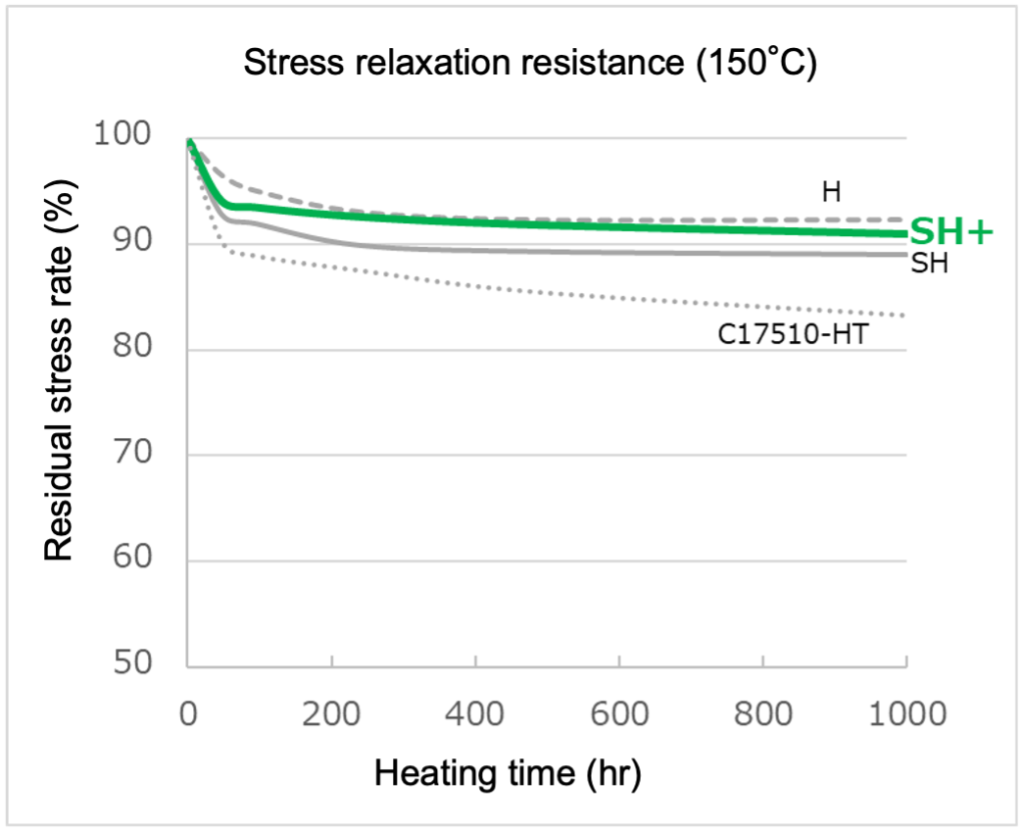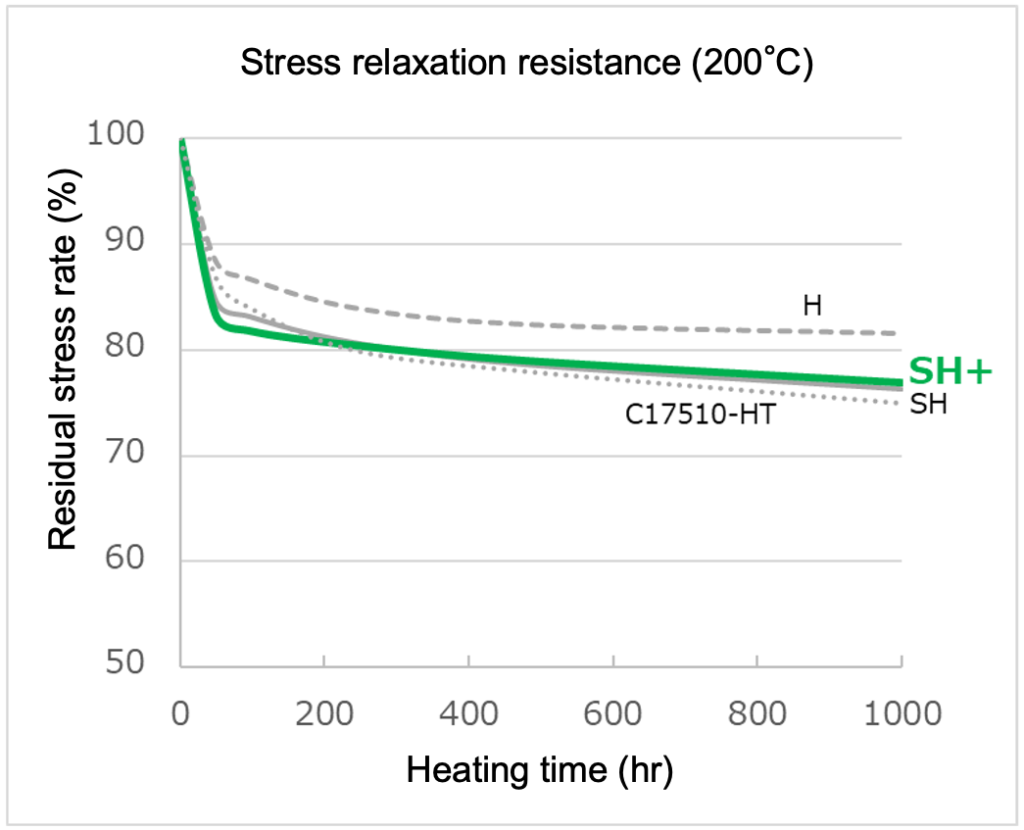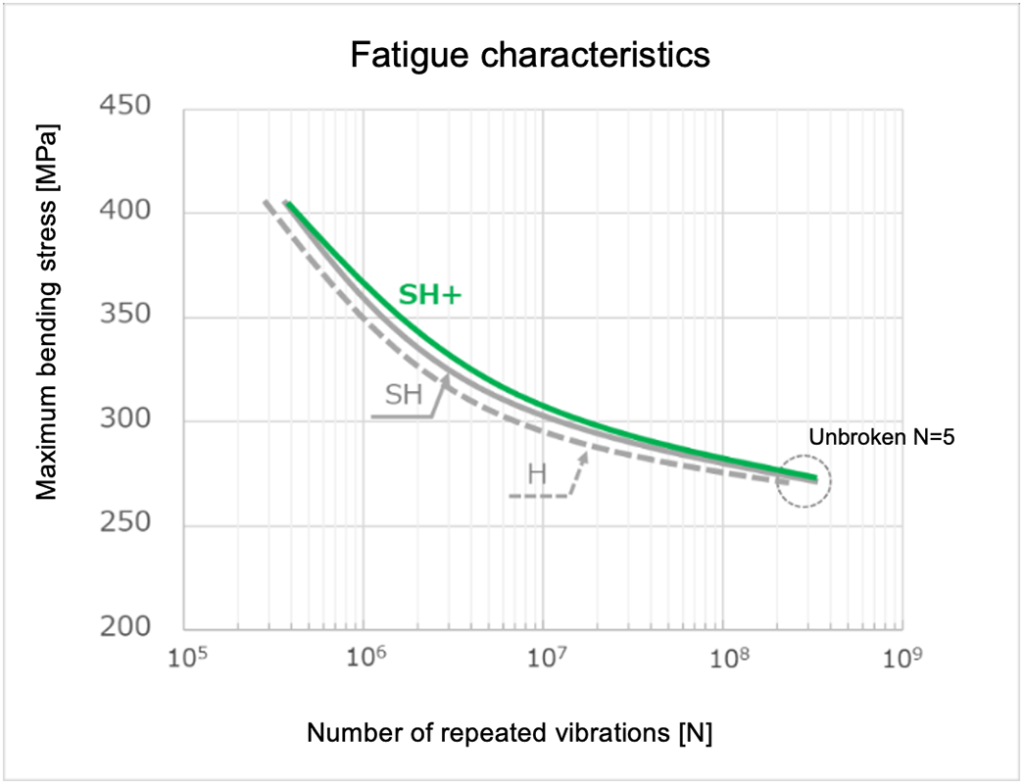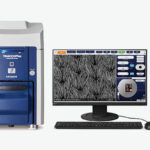ASIA ELECTRONICS INDUSTRYYOUR WINDOW TO SMART MANUFACTURING
MMC Develops New High-Strength Cu Alloy for xEVs
Mitsubishi Materials Corporation (MMC) has developed MZC®1 SH+, a new chromium zirconium-based copper (Cu-Cr-Zr) alloy product that boasts both a high level of mechanical strength and electrical conductivity.
In line with the growth of next-generation vehicles such as xEVs in recent years, demand has increased for automotive electronic and electrical equipment for high voltage and high current applications. Thus, in response to this demand, MMC has leveraged its proprietary advanced processing and heat treatment technologies to supply MZC®1. Primarily, MZC®1 is a highly conductive and heat-resistant chromium zirconium-based copper alloy. It is used as a material for relays, terminals, and connectors for high-voltage and high-current applications, and this new alloy is garnering high acclaim.
Meanwhile, the company anticipates higher demand for metal materials that can function under more severe conditions for next-generation automotive parts, which are expected to continue to evolve significantly in the future.
Recently, MMC has succeeded in developing MZC®1 SH+, which achieves a higher level of strength and electrical conductivity than the existing MZC®1 Series. Additionally, MZC®1 SH+ will offer greater flexibility in part design as a material indispensable for next-generation automotive parts, such as connectors and relays used to connect circuit boards that will require higher performance in the future.
Specific Features of MZC®1 SH+
High strength and high electrical conductivity
Particularly, MZC®1 SH+ has the best balance of high mechanical strength and high electrical conductivity among all copper alloys (e.g. tensile strength at approx. 670 MPa, electrical conductivity at 78% IACS).
Compared to the temper designation (*1) H of the existing MZC®1 Series, tensile strength has been improved by approximately 70MPa and to temper designation SH, tensile strength has been improved by approximately 40MPa and electrical conductivity by approximately 4% (Figure 1).

(*1) Temper designation: Classification of mechanical properties obtained by different processing and heat treatment methods in the manufacturing process.
Outstanding stress relaxation resistance (resilience of a spring) (*2) and fatigue characteristics (*3)
As with the existing MZC®1 Series, this product features reduced stress relaxation during use at high temperatures and has extremely high reliability for use in conductive parts, even in high temperature environments of 150 to 200°C (Figure 2). Also, it has fatigue characteristics equivalent or superior to those of the existing MZC®1 Series when subjected to repeated bending and offers extremely high reliability for use in conductive parts that require resistance to vibration (Figure 3).


Figure 2: MZC®1 SH+ stress relaxation resistance

(*2) Stress relaxation resistance: For a thin plate sample, the residual stress rate is evaluated as the spring force that remains after placing the sample in a high-temperature environment for 1000 hours while subjecting it to a load within the elastic range where its spring properties are exhibited (80% load relative to 0.2% proof stress). The higher the residual stress rate, the better the stress relaxation resistance, meaning that it is less prone to spring fatigue and spring properties are sufficiently maintained even if used in a high-temperature environment.
(*3) Fatigue characteristics: Repeated bending stress is applied to a thin plate sample to identify the number of repeated vibrations at break corresponding to the maximum bending stress applied and the results are plotted into a stress-number of cycles to failure diagram (S-N diagram).
Mainly, MMC Group has established “For people, society and the earth, circulating resources for a sustainable future” as Our Commitment. The Group will continue to strive to realize its commitment through the supply of nonferrous metal materials and other highly functional materials and products.
-30 October 2024-




